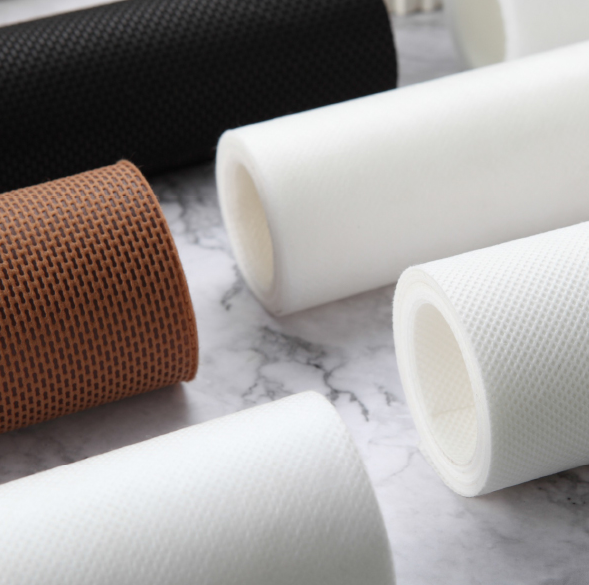Spunbond polypropylene is one of the most essential nonwoven fabrics in today’s industrial supply chain. Known for its lightweight structure, durability, and cost-effectiveness, it serves as a critical material in sectors such as medical, packaging, agriculture, and construction. For B2B manufacturers and distributors, understanding how spunbond polypropylene is produced and applied can help optimize procurement decisions and improve product performance.
What Is Spunbond Polypropylene?
Spunbond polypropylene (PP) is a nonwoven material made by extruding molten polypropylene through fine spinnerets to create continuous filaments. These filaments are then cooled, stretched, and bonded through heat and pressure to form a uniform fabric.
Key Characteristics
Lightweight yet strong: Excellent strength-to-weight performance.
Breathable and flexible: Allows air circulation without compromising structure.
Chemical and moisture resistant: Ideal for outdoor and industrial applications.
Non-toxic and recyclable: Environmentally friendly and safe for human contact.
Customizable: Available in various weights (GSM), colors, and finishes.
How Is Spunbond Polypropylene Produced?
The production process involves several key steps that ensure consistency and high performance:
Polymer melting: Polypropylene granules are melted under controlled temperature.
Filament extrusion: The polymer is extruded through spinnerets to form continuous filaments.
Web formation: Filaments are laid onto a moving belt to create a nonwoven web.
Thermal bonding: Heat and pressure fuse the fibers, forming a durable sheet.
Finishing and cutting: The fabric is rolled, cut, or treated for different applications.
Industrial Applications of Spunbond Polypropylene
Spunbond PP is used widely across industries thanks to its strength, flexibility, and cost efficiency:
Medical & Hygiene: Face masks, gowns, surgical drapes, and diapers.
Agriculture: Crop protection covers, weed control fabrics, and greenhouse shading.
Construction: Roofing underlayment, geotextiles, insulation layers.
Packaging: Nonwoven shopping bags, protective wrapping, industrial liners.
Home Textiles: Mattress covers, upholstery, and filtration materials.
Advantages for B2B Buyers
For businesses sourcing spunbond polypropylene, the material offers:
High durability with low cost of ownership.
Excellent printability for branding and packaging needs.
Compatibility with lamination, coating, and other processing methods.
Global compliance with ISO, REACH, and RoHS standards.
Flexible supply formats — available in rolls, sheets, or customized cuts.
Why Spunbond Polypropylene Is the Future of Nonwoven Manufacturing
With increasing demand for sustainable and high-performance materials, spunbond polypropylene continues to dominate the nonwoven market. Its energy-efficient production, recyclability, and broad industrial adaptability make it a smart choice for manufacturers seeking both quality and environmental responsibility.
Conclusion
Spunbond polypropylene combines strength, versatility, and sustainability, making it an indispensable material for industrial production. From medical protection to packaging and construction, it provides reliable performance with competitive cost advantages. Partnering with a trusted spunbond PP supplier ensures consistent quality, compliance, and long-term value in your supply chain.
FAQ
1. What industries commonly use spunbond polypropylene?
Industries such as healthcare, agriculture, construction, and packaging rely on spunbond PP for its durability and adaptability.
2. Is spunbond polypropylene recyclable?
Yes. It is 100% recyclable and considered an eco-friendly material.
3. How does spunbond differ from meltblown polypropylene?
Spunbond has longer fibers and greater tensile strength, while meltblown provides finer fibers for superior filtration.
4. Can I order customized spunbond polypropylene rolls?
Absolutely. Suppliers can provide customized GSM, color, width, and roll size according to your application requirements.
Post time: Nov-10-2025

